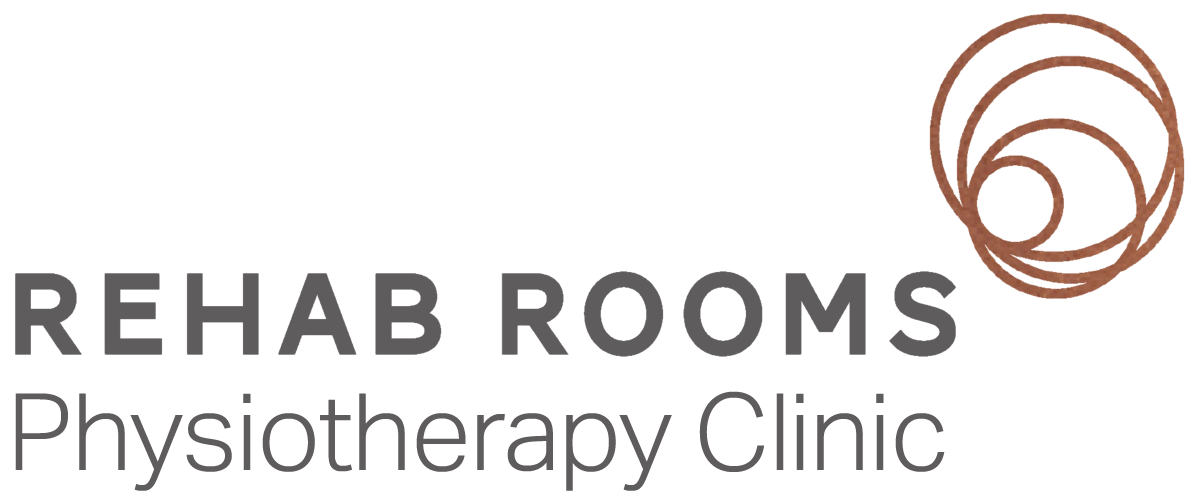Why does the Front of my knee hurt?
by Frank Kenny, Clinical Specialist Physiotherapist
One of Frank’s areas of special interest is the KNEE, and he has put together some helpful tips for managing patellofemoral pain, a common condition that can cause discomfort in the front of the knee, common in cyclists, hill walkers and runners.
So, what does the pain feel like?
You might have a type of knee pain called Patellofemoral pain if you feel pain at the front of the knee or around the kneecap. You might notice it especially when you do things like climbing up and down stairs, getting up from a chair, walking long distances, hopping, or jogging.
So, why do we get pain in the front of the knee?
This kind of knee pain happens due to several factors all playing a part. It could be how your knee is shaped, the way you walk or run, the types of activities you do, like jumping sports, or even a change in your activity levels. When these factors come together they can cause knee pain. Because everyone's situation is unique, the way we treat this pain should be unique too. It is important to have an individualised treatment plan that is just for you, addressing the main factors that are contributing to your knee pain.
Tips for managing the symptoms...
Load management: Load management and optimal loading play a crucial role in the management of patellofemoral pain. By carefully managing the amount and intensity of physical activity, individuals can prevent excessive stress on the knee joint and promote recovery. Optimal loading involves gradually increasing the load placed on the knee through progressive exercises and activities, allowing the tissues to adapt gradually and become stronger over time, leading to improved capacity.
Knee-Targeted Exercise Therapy: Engaging in specific exercises that target the muscles around your knee, such as quadriceps strengthening exercises, has been found to be effective in managing patellofemoral pain.
Hip-Targeted Exercise Therapy: Incorporating exercises that focus on both the hip joint has shown positive outcomes in reducing pain and improving function in individuals with patellofemoral pain.
Footwear: Appropriate supportive footwear, or orthoses such as shoe inserts or custom-made orthotics, has demonstrated effectiveness in providing support and reducing pain associated with patellofemoral pain.
Remember, these tips serve as general guidance and may not be suitable for everyone. Everyone is different - they have different sports, different bodies, and different knees! Frank will assess your individual needs and develop personalized treatment plans to address your specific condition and goals.
Introducing Frank...
Frank brings an extensive background in physiotherapy and a deep commitment to patient care, with a BSc Hons degree in Physiotherapy and an MSc in Sports Physiotherapy including a research focus on intercounty GAA injuries. His experience spans across various domains, including clinical practice and academia.
With over a decade of experience, Frank has worked in elite sports settings, providing top-tier care to athletes. His involvement in teaching at UCD and private practice has also further enhanced his skills and understanding of diverse patient needs. Frank's passion lies in working with individuals from various backgrounds and age groups, assisting them in improving their physical abilities, preventing injuries, and facilitating rehabilitation.
Frank's areas of specialisation include sports injuries, musculoskeletal care, injury prevention, and rehabilitation. His experience in elite sport and further specialist education have led him to achieve CPSEM Level 2 Sports Physiotherapist accreditation.
On behalf of our entire clinic team, we extend a warm welcome to Frank. We look forward to supporting you in achieving your health goals together.
